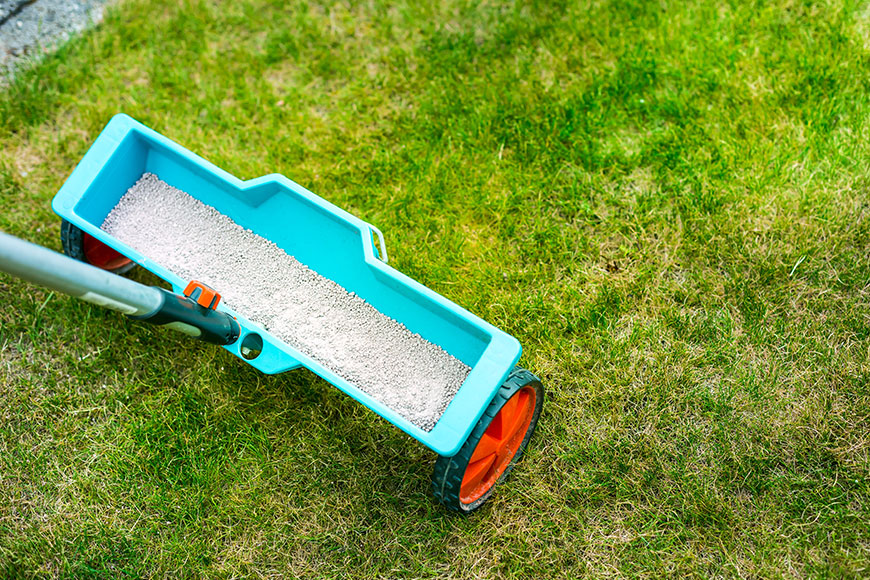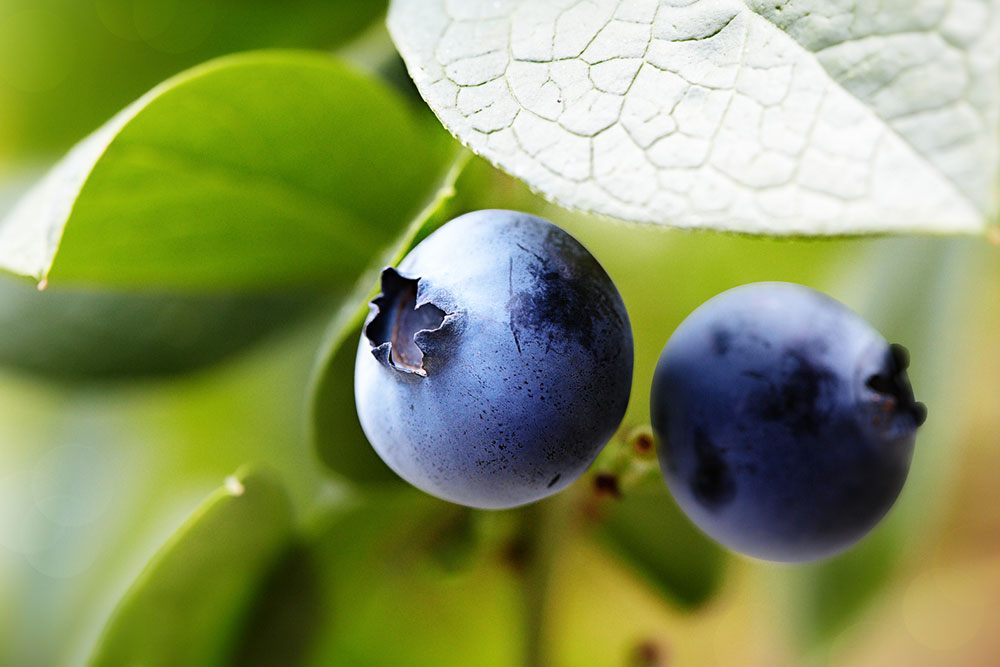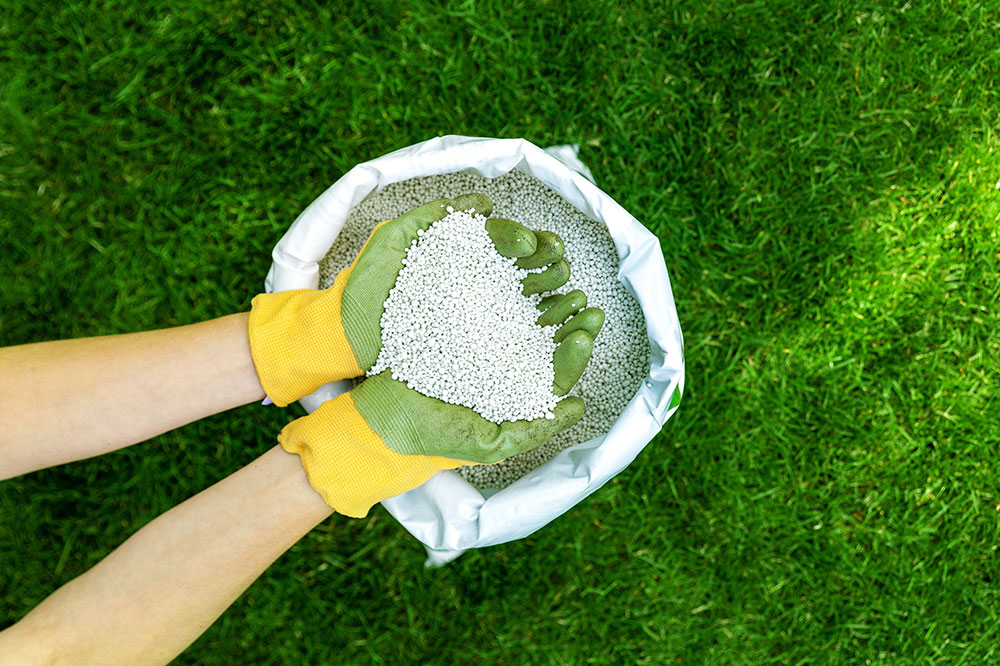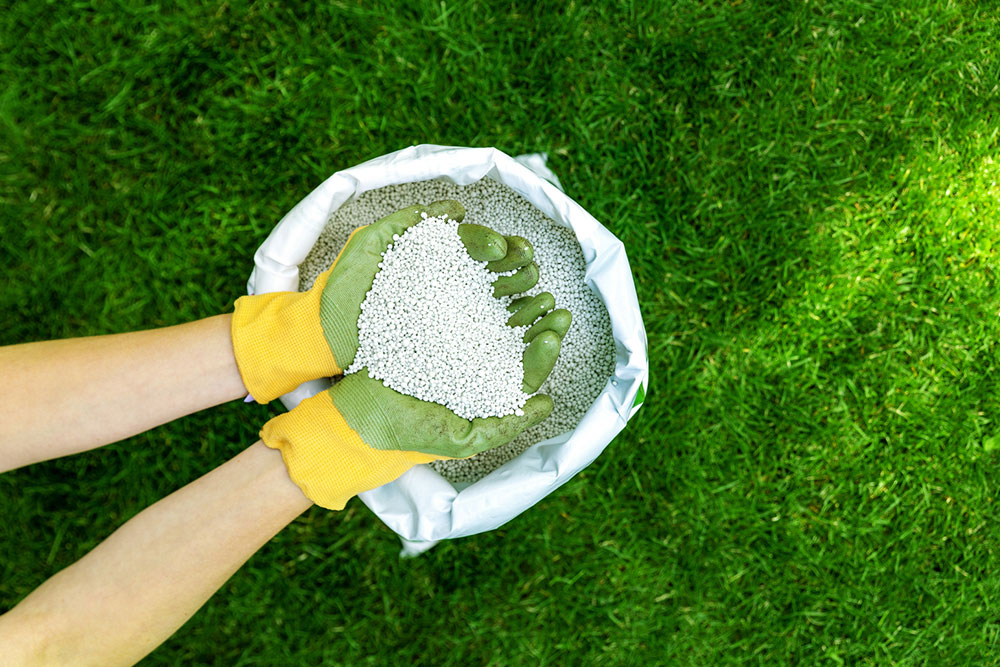Top Lawn Fertilizers to Boost Your Garden in Spring 2024
Discover the best lawn fertilization options for spring 2024, including organic and traditional methods. This comprehensive guide covers nutrient-rich fertilizers like seaweed, manure, coffee grounds, and chemical options, along with tips on timing and application suited for various soil types and climates. Achieve a lush, healthy lawn by choosing the right fertilizer and applying it at optimal times, ensuring vibrant outdoor spaces throughout the year.
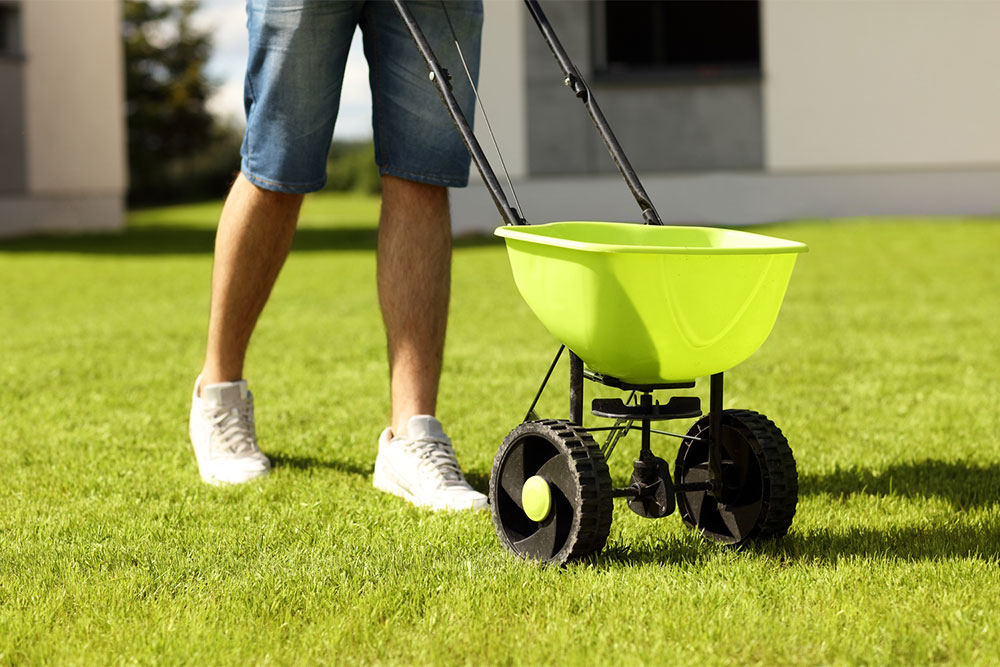
Top Lawn Fertilizers to Boost Your Garden in Spring 2024
Spring marks the crucial period for revitalizing your lawn after winter dormancy. It’s the ideal season for new growth and lush, green grass. Proper fertilization during this time promotes healthy turf, reduces weed and pest problems, and ensures vibrant outdoor spaces year-round. Since lawns vary, selecting the right fertilizer depends on individual soil and plant needs. Understanding various fertilization options can help you achieve a thriving garden in the spring.
Seaweed
Rich in essential nutrients like nitrogen, phosphorus, potassium, magnesium, and calcium, seaweed acts as a natural soil conditioner and improves drainage when combined with compost. Its pH-friendly properties make it perfect for seaside gardens with acidic soils.
Using yard waste such as grass clippings and leaves as mulch is an eco-friendly way to feed your lawn, boosting nutrient levels by up to 25%.
Household Food
Cat and dog food contain vital vitamins and minerals that benefit plant growth. Soil bacteria break down these nutrients, making them accessible to roots. Be aware, however, that this method might attract critters due to odor.
Coffee Grounds
Don’t discard leftover coffee grounds; they enrich soil with organic matter and nutrients. Simply mix into the topsoil or scatter on the surface for a nutritional boost.
Animal Manure
Livestock manure is a sustainable fertilizer that enhances soil health, recycles nutrients, and supports water conservation. It’s a popular choice among gardeners seeking eco-friendly options.
Matchsticks
Though unconventional, matchsticks contain minerals like sulfur, potassium, phosphorus, magnesium, and iron. For small plants, place 10-15 matchsticks in pots, allowing them to decompose and release nutrients.
Eggshells
Crushed eggshells supply calcium carbonate, promoting healthy plant development and deterring pests with their scent. Add crushed shells to the soil for benefits.
Traditional Chemical Fertilizers
Commercial fertilizers are available in various formulations at garden centers. Select products suited to the season—midsummer, early, or late season—and target specific issues, such as weeds or pests. Use fertilizers conservatively, beginning with half the recommended amount and adjusting based on plant response.
Choosing the Best NPK Fertilizer for Spring 2024
For the season, fertilizers high in nitrogen encourage lush growth. Key options include: 15-0-6, 20-0-5, 30-0-3, and 35-0-5. Gardeners with broader landscapes may opt for 12-55-6, 16-20-0, or 20-20-20 formulas, while those managing more trees and shrubs might favor 10-10-10 or 8-3-9 for controlled feeding. These numbers represent nitrogen, phosphorus, and potassium levels. Application rates depend on grass type and soil health, and instructions are typically noted on fertilizer packaging.
Best Timing for Fertilizer Application
Organic fertilizers are best applied in early fall to strengthen roots, with minimal use during summer and spring—relying instead on grass clipping mulches. Chemical fertilizers require regular application—about three times annually—in spring, midsummer, and early fall. Consider soil temperature (60-70°F for cool grasses; 80-90°F for warm grasses), lawn growth phase, and weather conditions. Apply fertilizers when the lawn is dry and before rain for optimal absorption. For tailored advice, consult local garden centers or agricultural extension services for guidance suited to your specific climate and soil conditions.
Note:
Our content offers practical gardening insights based on thorough research. However, it should not replace professional advice or local recommendations. Always verify product instructions and consult experts for personalized lawn care plans. The website does not guarantee the accuracy of third-party information or detail current promotions or offers.


